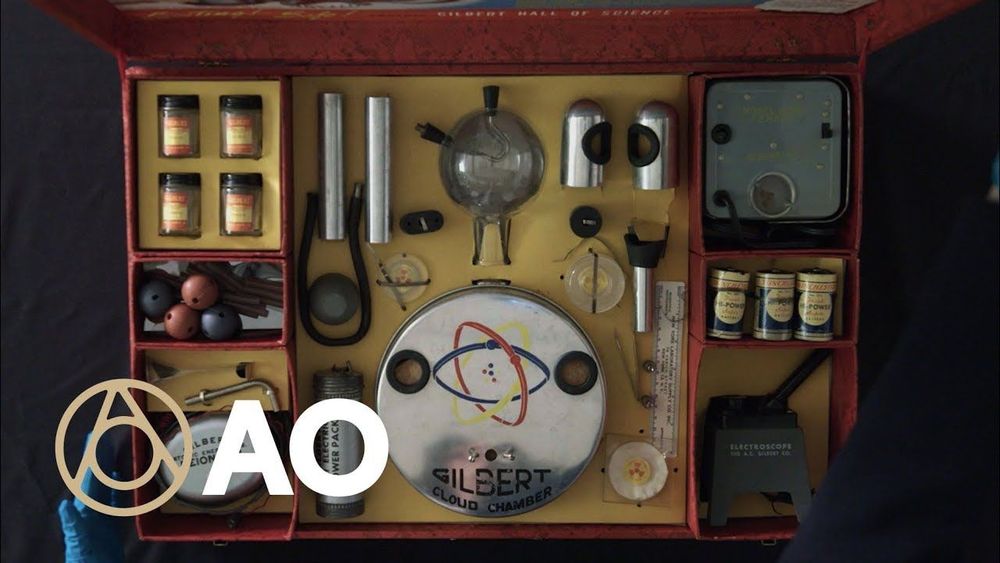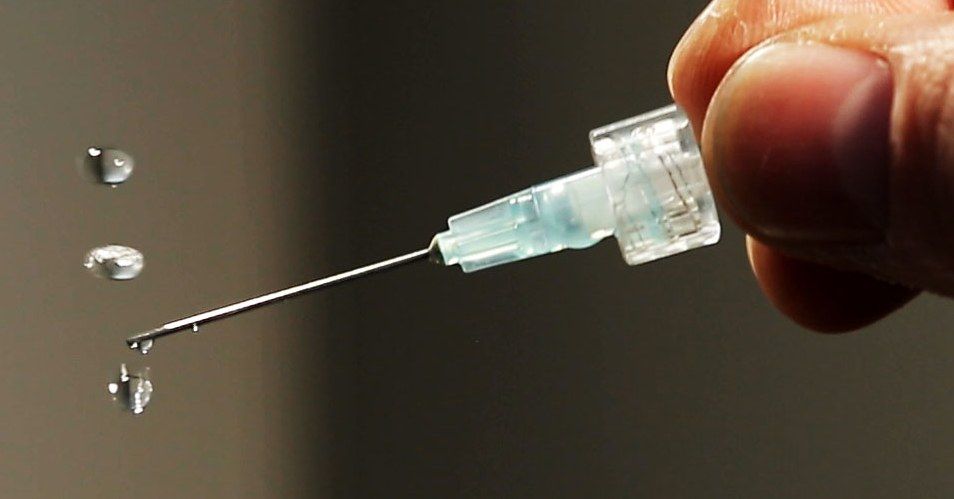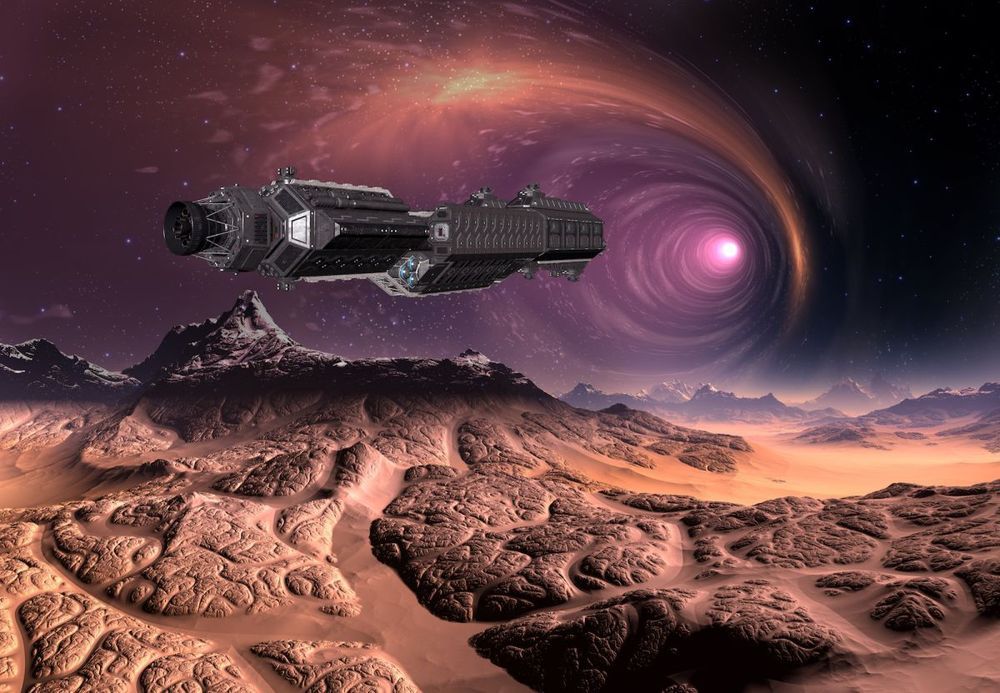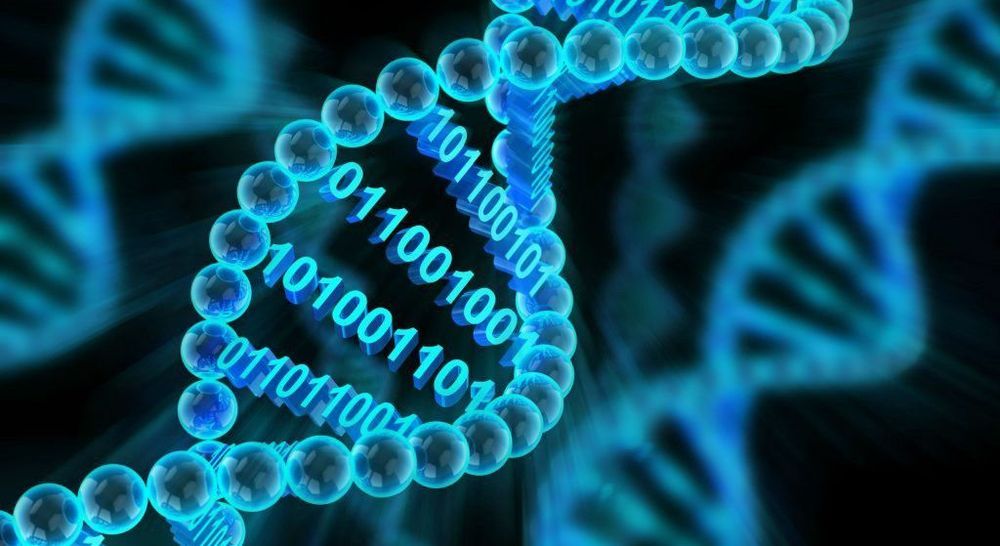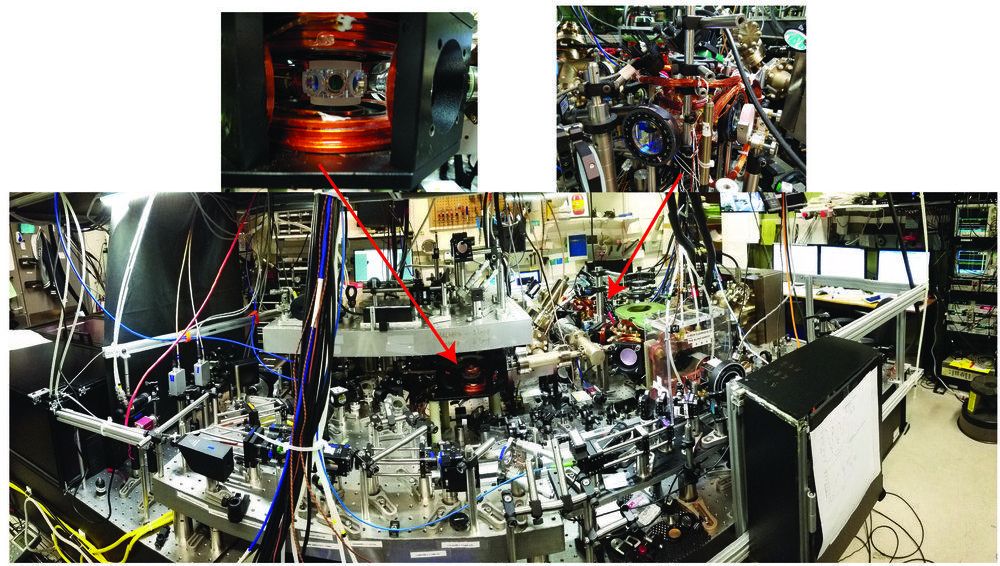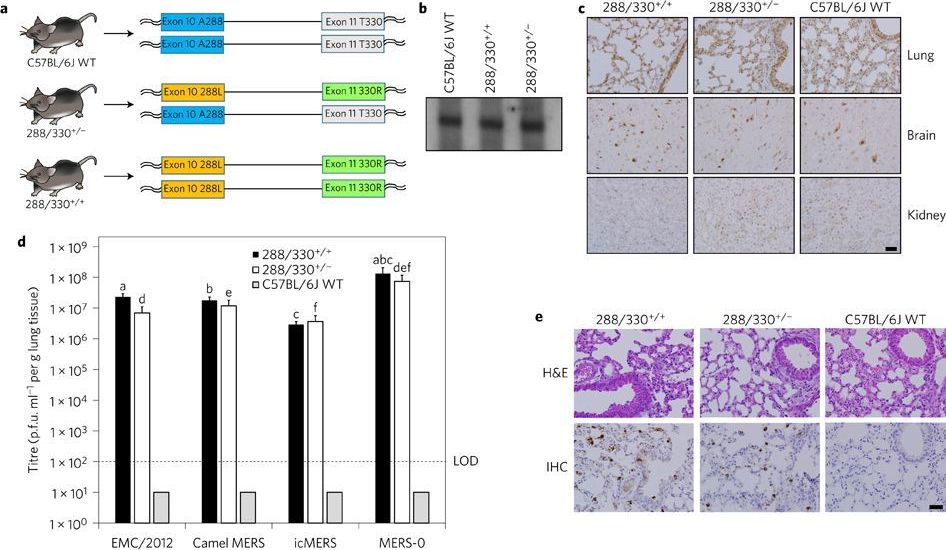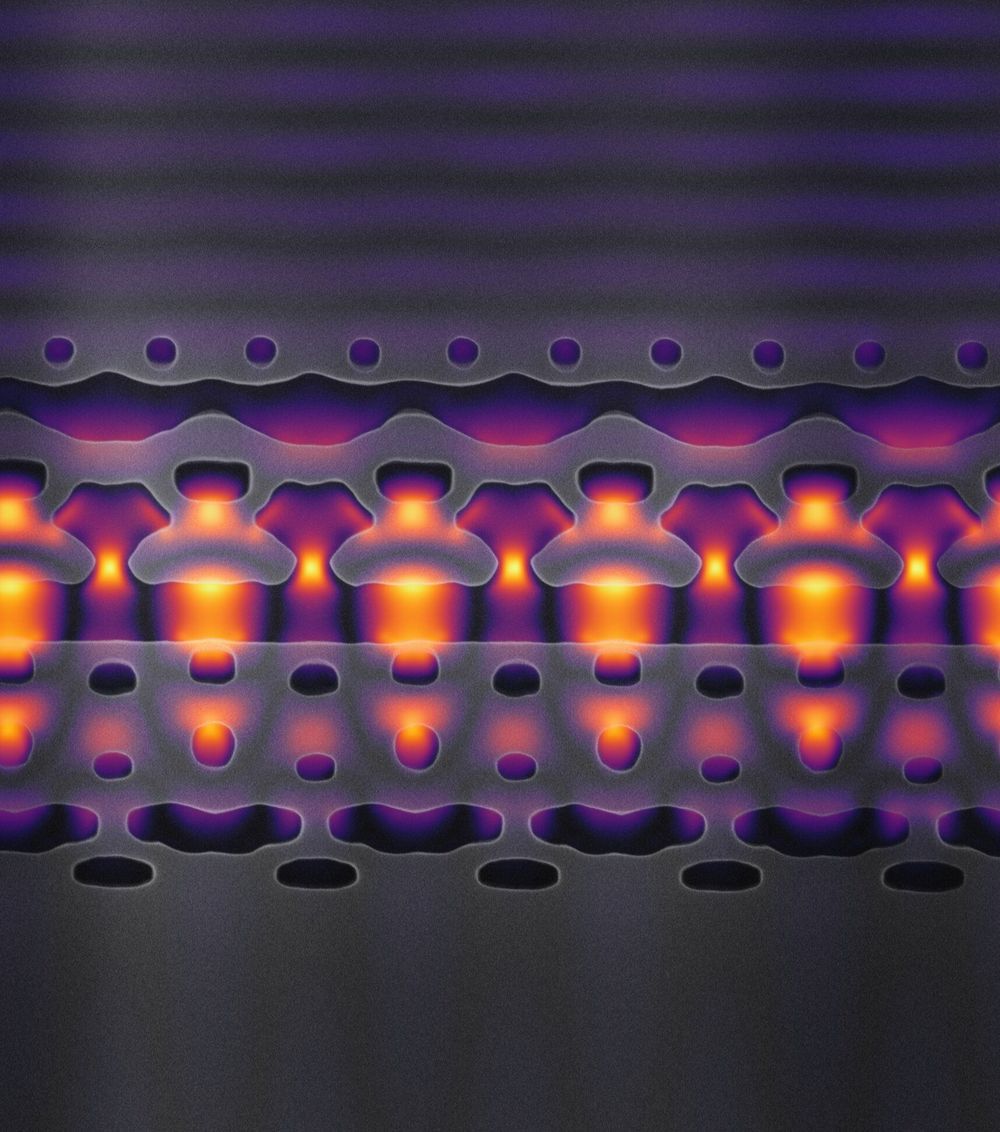Feb 2, 2020
Fun—and Uranium—for the Whole Family in This 1950s Science Kit
Posted by Omuterema Akhahenda in categories: chemistry, health, science
Did product safety laws lead to the dumbing down of science toys?
“Users should not take ore samples out of their jars, for they tend to flake and crumble and you would run the risk of having radioactive ore spread out in your laboratory.” Such was the warning that came with the Gilbert U-238 Atomic Energy Lab, a 1950s science kit that included four small jars of actual uranium. Budding young nuclear scientists were encouraged to use the enclosed instruments to measure the samples’ radioactivity, observe radioactive decay, and even go prospecting for radioactive ores. Yes, the Gilbert company definitely intended for kids to try this at home. And so the company’s warning was couched not in terms of health risk but rather as bad scientific practice: Removing the ore from its jar would raise the background radiation, thereby invalidating your experimental results.
Continue reading “Fun—and Uranium—for the Whole Family in This 1950s Science Kit” »
